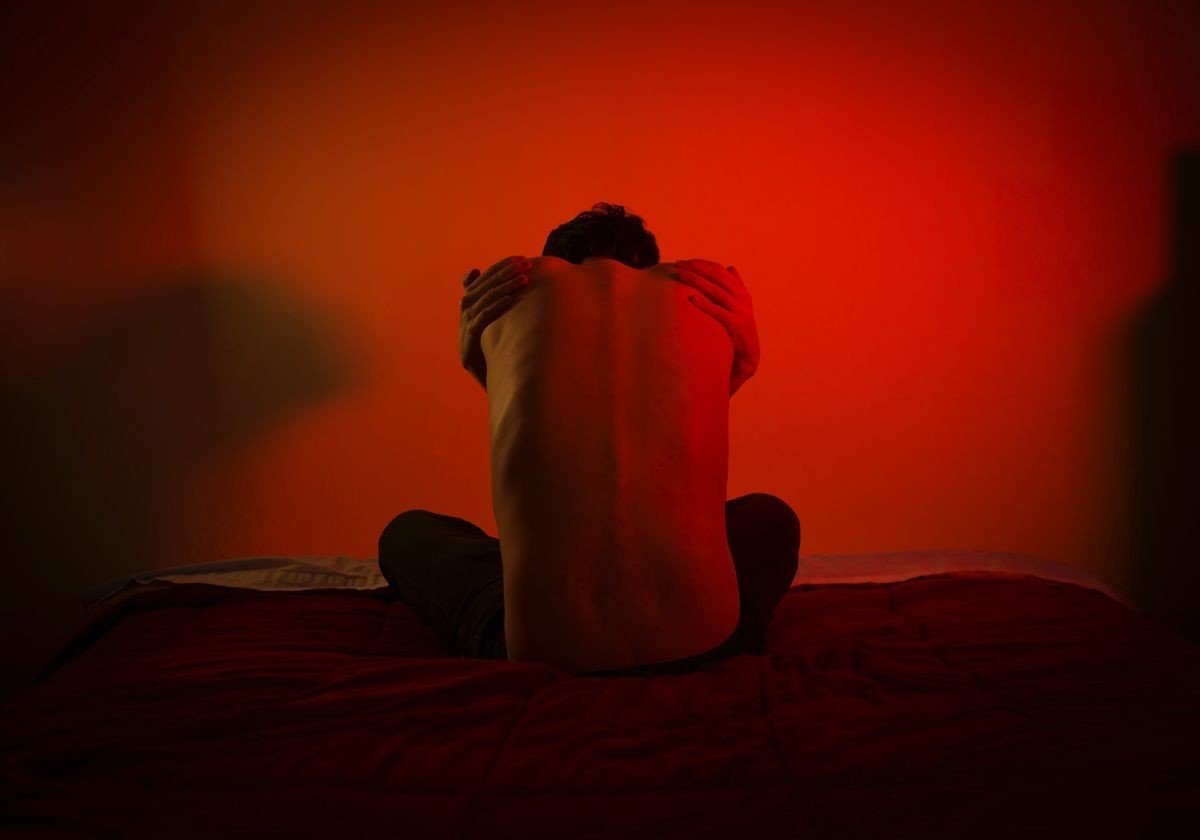By Swara Patel
For some of us, menstrual cramps can be a mildly annoying part of our menstrual cycles, which don’t interfere much with our daily routine. The luckiest of us might not experience menstrual cramps at all. However, for millions of menstruators worldwide, throbbing menstrual cramps can cause pain that is extremely intense yet often discounted by most people and institutions around them. This dismissal of period pain is rooted in the history of women and medicine itself. Since a lot of male physicians were initially not permitted to dissect female cadavers, women’s pain was often attributed to hysteria due to a lack of understanding of their bodies. Hysteria is not a real medical condition and refers to the belief that a lot of the symptoms women experienced were because their uterus, colloquially called the womb, wandered around the body. Culturally, this manifests in our homes, where young menstruators are often dismissed and silenced when they complain about their period cramps. We often hear statements such as “Everyone goes through this every month, learn how to bear it” or “Stop overreacting; there is no need to see a doctor for something so trivial.” Despite companies like Zomato taking steps to be more inclusive with regards to the needs of menstruators by introducing period leaves, the majority of workplaces in India still do not introduce menstrual leaves or take measures to acknowledge the experiences of menstruators.
Dysmenorrhea is the medical term for painful periods, and there are two types of dysmenorrhea – primary and secondary dysmenorrhea. Primary dysmenorrhea refers to recurrent menstrual cramps, which can be mild to severe in nature and not related to any other preexisting condition. The pain can be felt in the lower abdomen, back, or thighs and usually begins a day or two before your period or simultaneously when bleeding begins, lasting for about 12-72 hours. Secondary dysmenorrhea on the other hand is caused due to an infection or disorder related to your reproductive organs, such as endometriosis, where the tissue lining the uterus grows outside of it. The pain, in this case, can last longer than the pain from primary dysmenorrhea. Period cramps themselves are caused due to a hormone caused prostaglandin, which is responsible for making the uterus contract throughout the menstrual cycle. During menstruation, when the uterus contracts more strongly and presses against blood vessels in the vicinity, the oxygen supply to the surrounding muscle tissue can be cut off briefly, causing pain.
I personally recall asking my school nurse for some medication in the 7th grade when I was about to burst into tears because I couldn’t tolerate my period cramps anymore. She looked at me sternly and told me to go back to class and keep my head down if I had to because the medication was not needed for something that happened every month, according to her. We have unfortunately grown up in a culture where our menstrual pain is trivialised, ridiculed, and dismissed. However, the good news is that both primary and secondary menstrual dysmenorrhea are treatable. Additionally, your menstrual cramps can lessen in intensity as you age or after childbirth. If your period pain is severe or your menstrual cramps last for more than two to three days, do check in with your healthcare provider, such as a gynaecologist. The Cleveland Clinic especially recommends seeing a doctor if your symptoms progressively worsen or you suddenly develop severe cramps after the age of 25. Your healthcare provider will ask you to describe your symptoms and might run a few tests such as a pelvic exam to determine whether you have primary or secondary dysmenorrhea. Your healthcare provider can prescribe medications such as Ibuprofen/other anti-inflammatory medications or oral contraceptives, which can reduce the intensity of your cramps.
To relieve mild menstrual cramps, exercise regularly and try some relaxation and breathing exercises for a soothing effect. Placing a heating pad or hot water bag on your lower abdomen has been a classic home remedy and taking some rest can work wonders too. You can try massaging your lower back/abdomen and eating a balanced diet while avoiding smoking/food that contains caffeine. Most importantly, your pain is valid and it is important to seek medical advice from a qualified healthcare professional instead of suffering silently when your cramps seem to get in the way of your daily life.
References:
- https://my.clevelandclinic.org/health/diseases/4148-dysmenorrhea
- https://www.mayoclinic.org/diseases-conditions/menstrual-cramps/symptoms-causes/syc-20374938
About the writer: Swara is the Founder and President of The Period Society, a youth led non profit putting a period to the stigma surrounding menstruation nationwide in India. She is a freshman at the Macaulay Honors College in New York City double majoring in Biochemistry and Women’s, Gender, and Sexuality Studies on a premedical track. She is extremely passionate about gender equality and menstrual equity, and her work with The Period Society has been recognized by General Motors and Ashoka Global’s Stem for Changemaking Challenge, the winner of the Act2Impact initiative by Harvard University and Worldview’s Act to Impact Challenge, the Erinn Phelan Award, and Jane Goodall’s Roots and Shoots Institute. She can be reached at periodsociety@gmail.com or her personal email swara.patel@macaulay.cuny.edu.
This article was reviewed by Dr. Yatin Patel. Dr. Patel is physician with over two decades of expertise and primarily practices at the Leela Polyclinic and Diagnostic center in Mahim.
